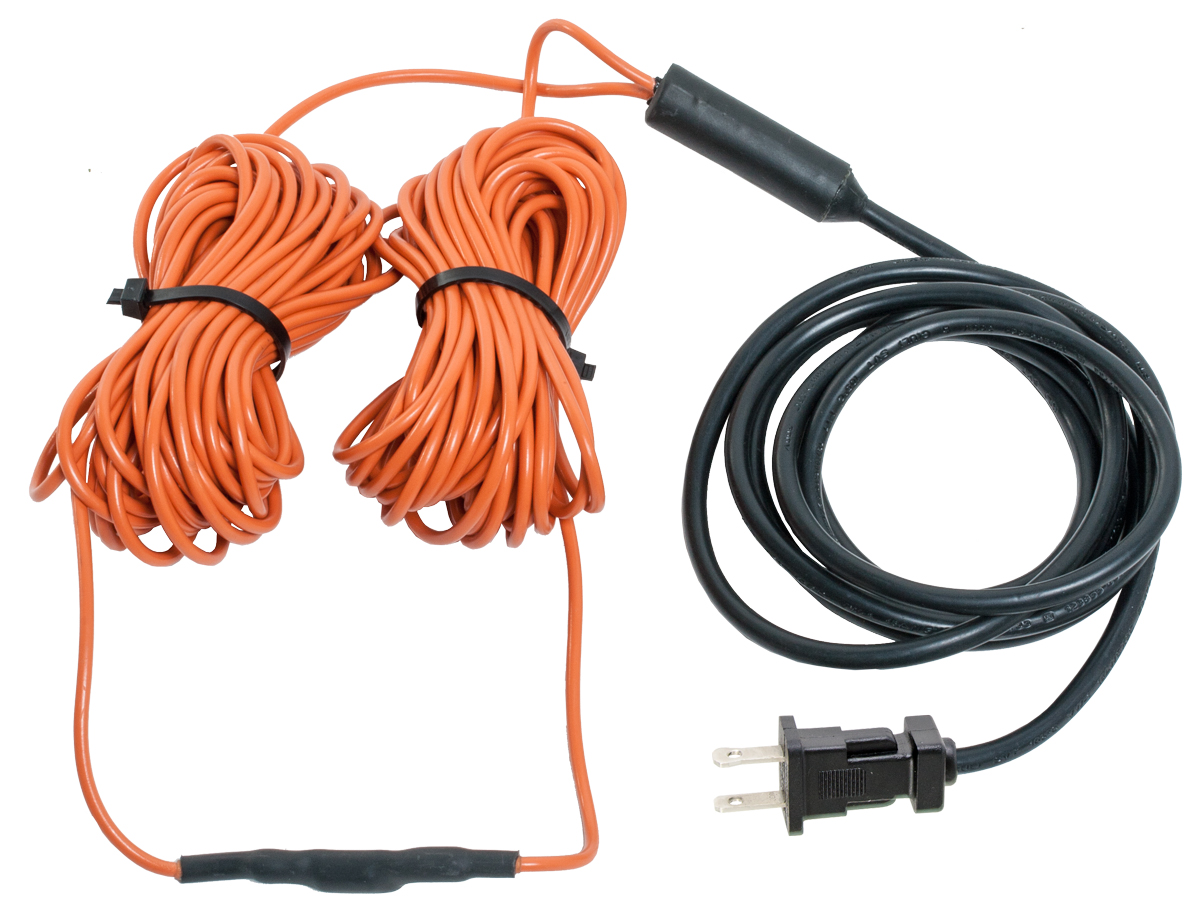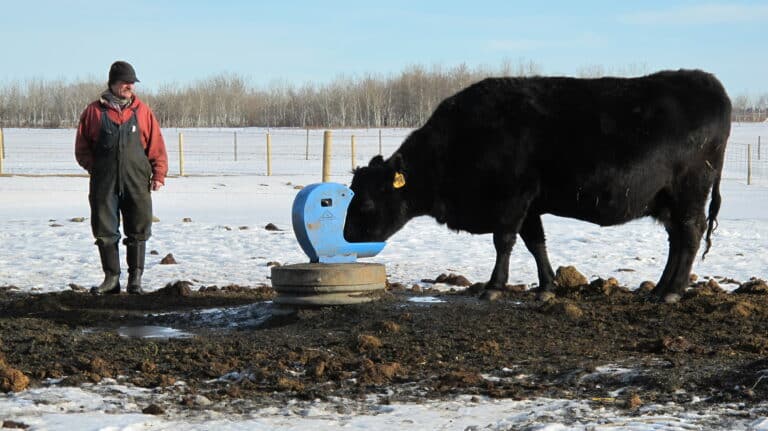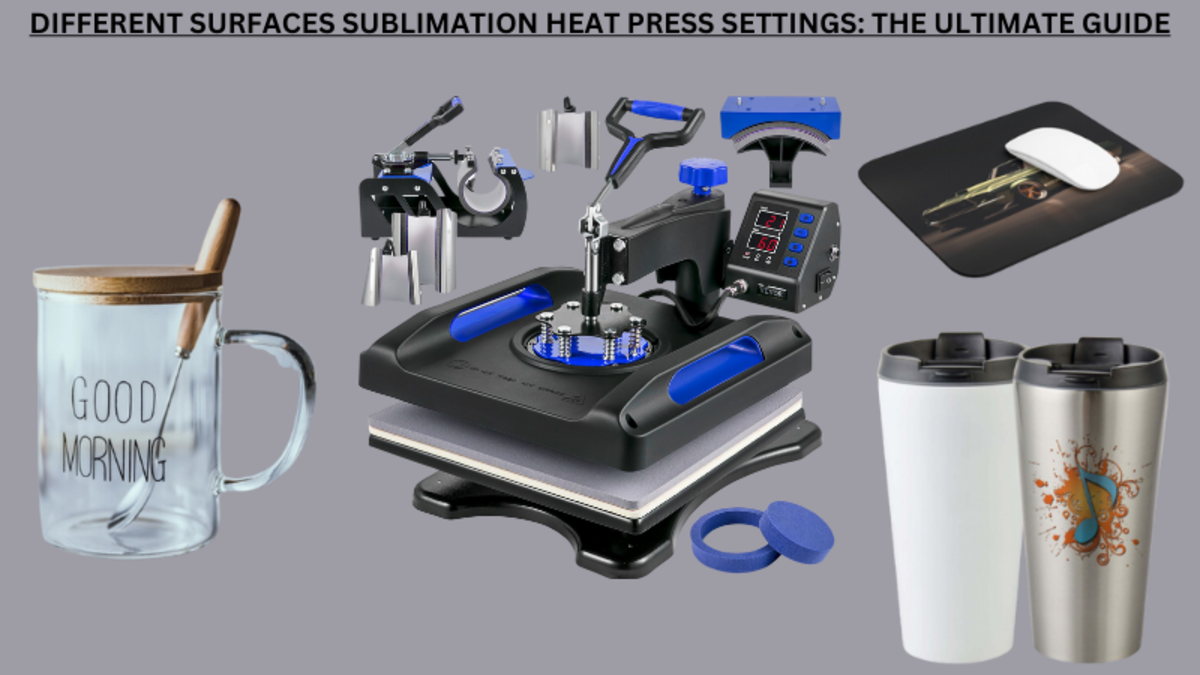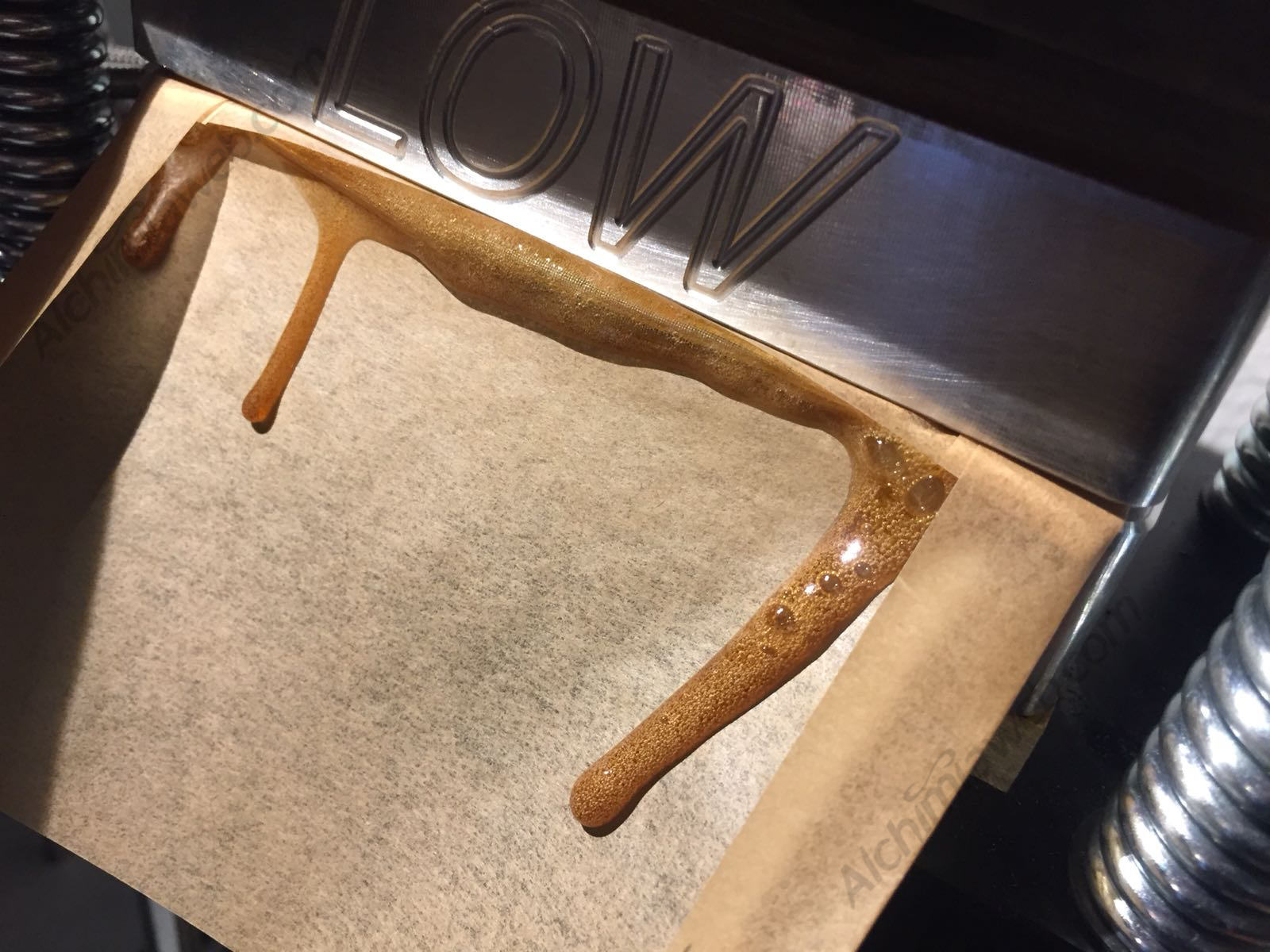Heated Shield Wire: An Essential Safety Measure for Winter
- Heated shield wire set
- Electric shield cord
- Straight cord
- Coiled cord
- Source cord
- Deluxe heated face shield cigarette lighter adapter
- Replacement heated shield cord wiring kit
- Snowmobile helmets
- 2-piece helmet-to-sled cord
- Battery lead
- Female RCA
- Zip ties
- 12v heated shield
- Snowmobile
- Shield port
- Power connection





